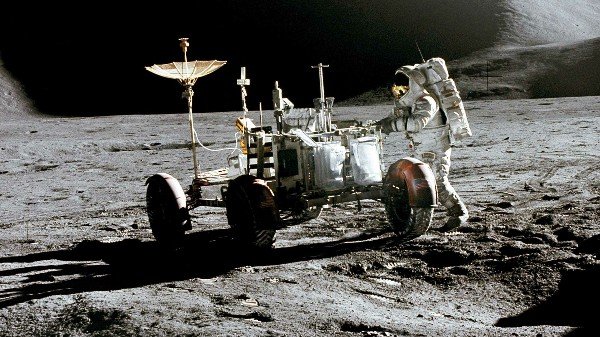News
A Look At The ₦13.7b Lunar Roving Vehicles, The First Cars That Explored The Moon’s Dusty Surfaces
-
News2 days ago
27 Years After : Check Out The Armored Mercedes S-Class Limousine Used By Sani Abacha As Official Car
-
News2 days ago
Moment Ex-governor of Kogi State, Yahaya Bello, Arrived An Event In Armored Rezvani Vengeance SUV
-
News5 days ago
2026 BMW XM Label Gets New Color And Interior Options, Now Offered In Two Models
-
News4 days ago
7 Minutes 04 Seconds : Xiaomi SU7 Ultra Shatters Electric Executive Vehicle Lap Record At Nürburgring
-
News5 days ago
Toyota’s Hino And Daimler Truck’s Mitsubishi Fuso Merges To Create New Global “Truck Powerhouse”
-
News1 day ago
Yahaya Bello’s Armored Rezvani Vengeance, Abacha’s Mercedes S-Class, Burna Boy’s McLaren, Victor Osimhen Buys Rolls-Royce Cullinan, Nigerian News In June
-
News1 day ago
Content Creator, ‘Egungun Of Lagos’, Acquires Mercedes-Benz G-Class-based Brabus G800 Worth N750 Million
-
News2 days ago
Democratic Republic Of Congo And UAE Tops UK’s Stolen Car Destinations
